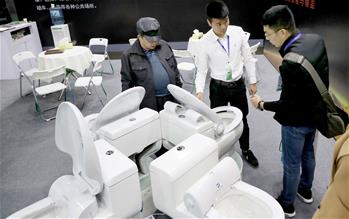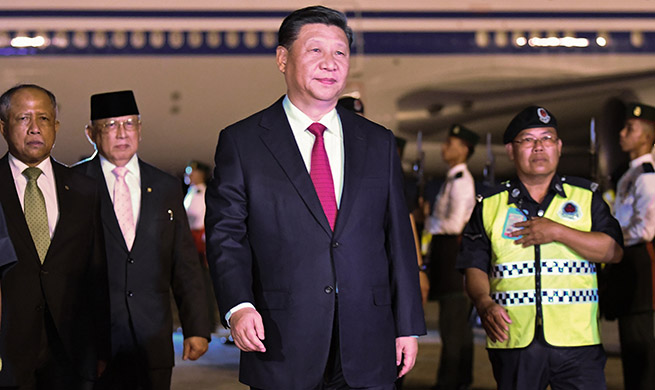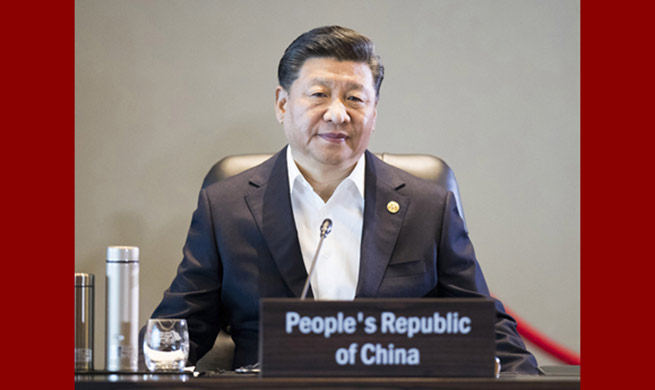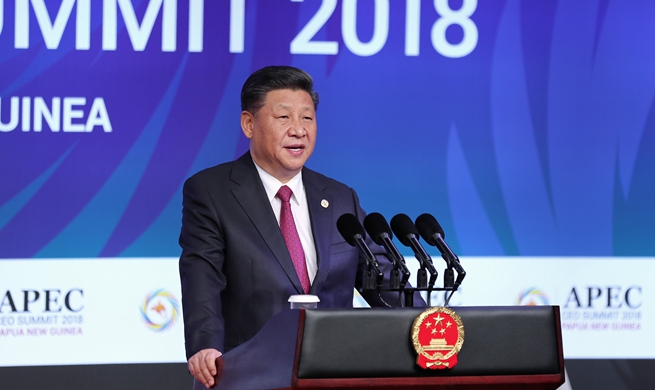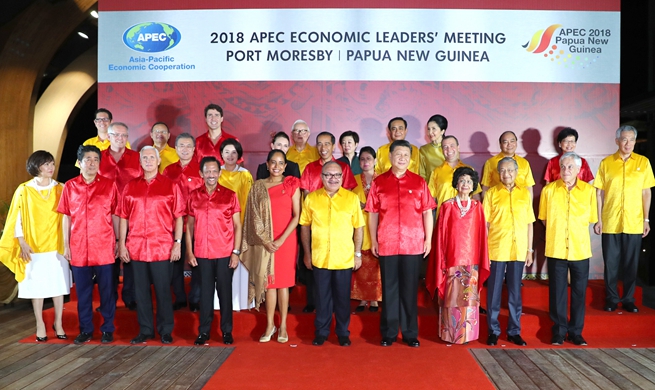NEW DELHI, Nov. 19 (Xinhua) -- India's Commerce and Industry Ministry released a report on Industrial Park Rating System (IPRS) on Monday, which was aimed to ensure the country moves into the top 50 countries in terms of ease of doing business.
Speaking on this occasion, the country's Commerce and Industry Minister Suresh Prabhu said that manufacturing had emerged as one of the high growth sectors in the country, which has moved 23 places up in the recently-released World Bank's Ease of Doing Business (EODB-2019) report, and achieved rank 77 out of the total 190 countries.
The minister said that this IPRS will be a useful tool for policy makers and investors at the click of a button. Over 3,000 parks are on the database and the industrial parks have been rated on four points, namely internal infrastructure, external infrastructure, business services and facilities and environment, safety management, he added.
In order to optimize resource utilization and enhance the efficiency of the manufacturing sector, the Department of Industrial Policy and Promotion (DIPP), a part of the ministry, launched the Industrial Information System (IIS), a geographic information system (GIS)--enabled database of industrial areas and clusters across the country in May 2017.
The portal serves as a one-stop solution to the free and easy accessibility of all industrial information, including availability of raw material -- agriculture, horticulture, minerals, natural resources, distance from key logistic nodes, layers of terrain and urban infrastructure.
Over the last one year, state governments and industrial development corporations have actively used the portal and nominated over 200 parks for their assessment along the above parameters.
The IPRS is proposed to be translated into an annual exercise covering all the parks across India. Coverage would be widened and updated to bring in deeper qualitative assessment feedback, bring in technological intervention and develop it as a tool that helps effectively for demand driven and need based interventions both by policy makers and investors.




